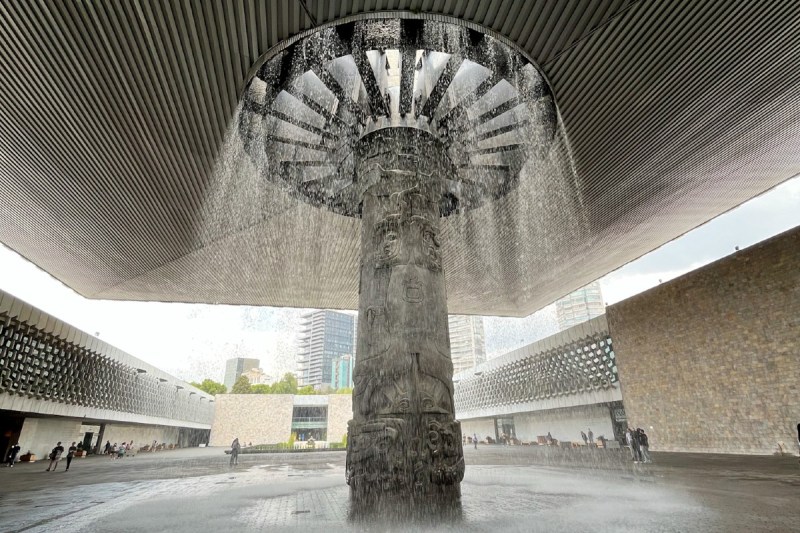
Located more or less at the center of Mexico City is Chapultepec — a sprawling park that packs more experiences within its bounds than just about any I’ve seen anywhere in the world. This is no mere green space, but also home to some of the city’s most important museums, and it offers a range of additional activities: gardens, a zoo, restaurants, and even a castle.
If you travel to Mexico, you can easily spend a full day or even several days exploring all that Chapultepec Park has to offer, so to help you get the most out of it, here is a guide to a few of the essentials.
Chapultepec: An overview
Spanning 1,695 acres, Chapultepec is among the largest urban parks in the world. While it consistently sees some 15 million visitors annually, the surprising thing is that you can often find yourself in a quiet corner of the park that will allow you to completely forget that you’re in a city at all — an impressive feat considering that the Mexico City metropolitan area is home to some 21 million people.
The main entrance to the park is at the bottom end of the city’s largest thoroughfare, Avenida Reforma. An ideal way to start your exploration of Chapultepec is via a wander down Reforma, along which you can see many examples of the city’s renowned architecture and street art.
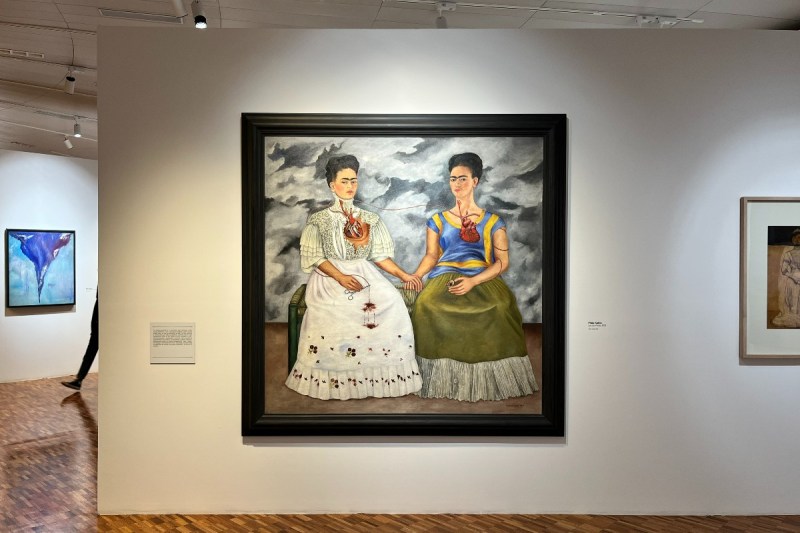
The museums
Arguably the park’s biggest attraction is its trio of museums: the Museum of Modern Art, Rufino Tamayo Museum, and the Museum of Anthropology.
At the Museum of Modern Art, you’ll find a slew of paintings by the country’s greatest artists, the centerpiece of which is undoubtedly Frida Kahlo’s Los dos Fridas. The building is surrounded by an impressive abstract sculpture garden, and the museum’s temporary exhibits tend to be first rate.
The Tamayo, which was founded by the great Mexican artist from which it takes its name, not only offers an astounding permanent collection featuring names like Picasso, Miro, Bacon, O’Keeffe, Warhol, Dali, and many others, but it frequently hosts outstanding contemporary exhibitions from some of the top artists working today.
And at the anthropology museum, you’ll find a marvelous array of indigenous artifacts from across the country, not to mention the incredible architecture of the building, which is a work of art in itself. The central fountain is outright fantastic.
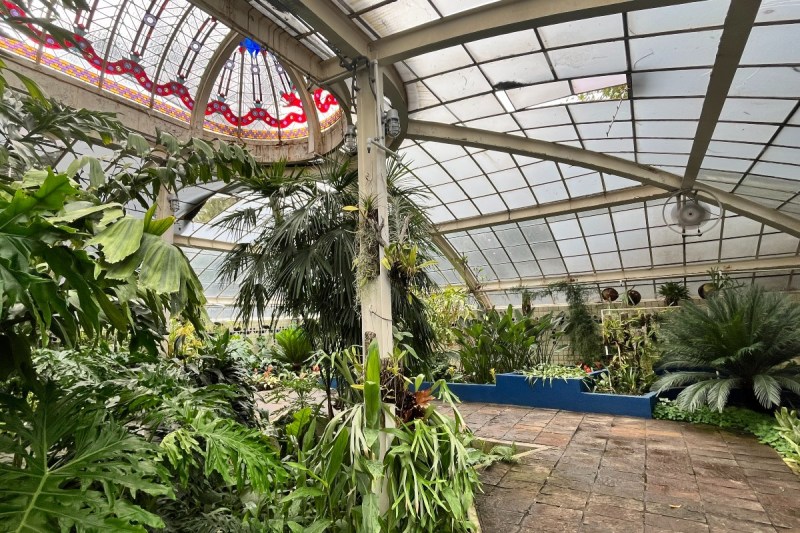
The botanical garden
Follow signs to Jardin Botanico and you’ll find yourself in a beautifully landscaped garden that is lush with hundreds of unique plant varieties, from cacti to flowers and trees to vegetables, and more. At its center is a teeming greenhouse that has only recently begun opening to the public. This has consistently been among my favorite places in the city for many years.
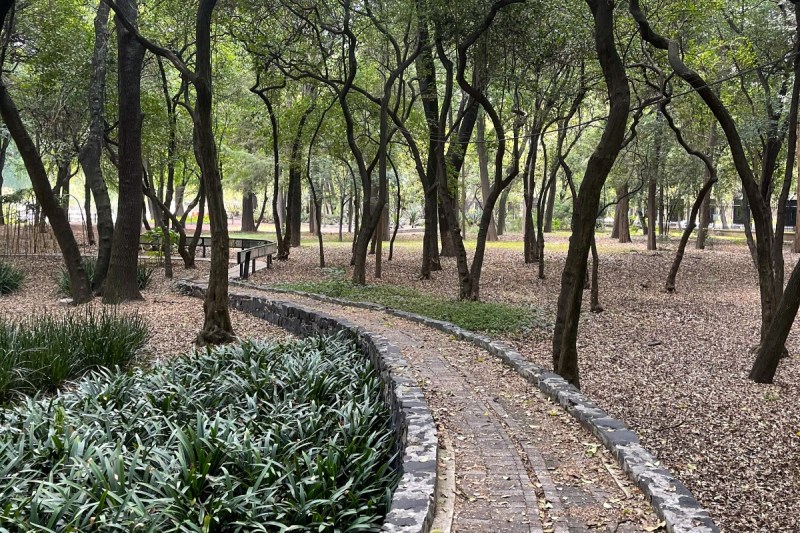
The sensory garden
Near the botanical garden is a compact, well-planned sensory garden designed to provide a range of sensory experiences to people with vision, hearing, or other sensory impairments. To accomplish this, it is organized along a path that is easy to follow without sight, the course of which presents a diverse array of colors, textural opportunities (trees to touch, patterns to run your hands over, etc.), and other ways to experience nature via different senses.
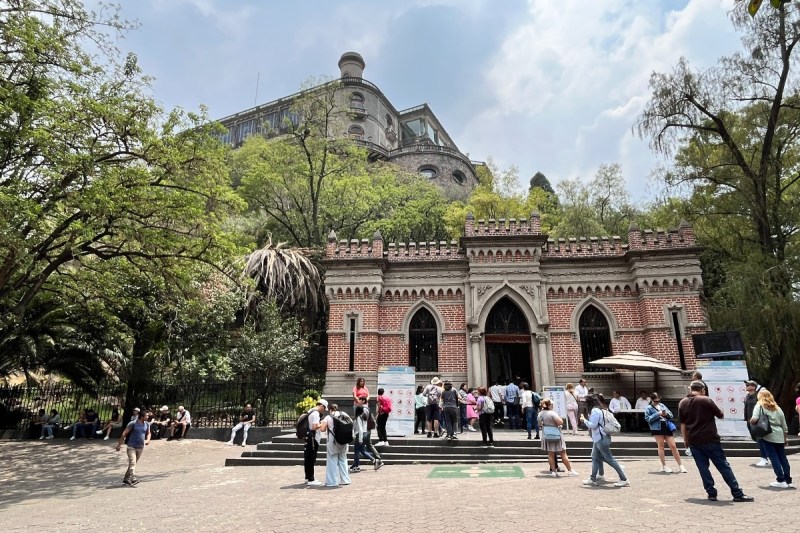
Chapultepec Castle
At the apex of Chapultepec Hill is a stunning castle that has been at the center of the city’s history for some 250 years. Built by Spanish colonizers, it eventually became home to the emperor of the Mexican Empire, then to the president after the country became a republic. In 1847, near the end of the Mexican-American War, it was besieged and overwhelmed by American forces.
Today, you can visit the castle and explore its still-dazzlingly ornate halls and rooms. Its hilltop vantage also provides some outstanding opportunities to photograph the cityscape.
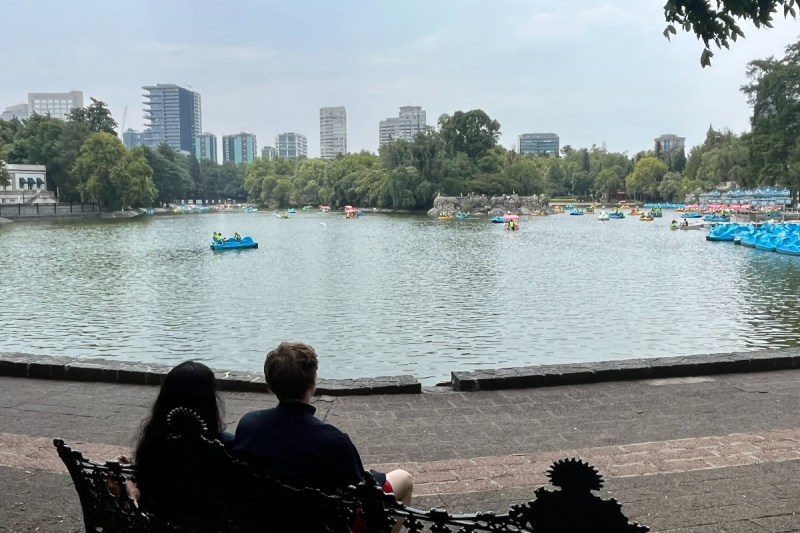
Chapultepec Lake
The entire park is built around an artificial lake circled by several paths that are typically lined with vendors selling snacks, souvenirs, toys, and other odds and ends. At the lake, you can rent paddle and rowboats, and there are plenty of benches and grassy areas for picnicking — a popular weekend activity in Mexico City.
There are also a few restaurants that offer pretty standard Mexican food, but they’re not exactly renowned for offering quality. They’re cheap and convenient, but you’re better off packing takeout from somewhere along Reforma.

A few tips
Most vendors don’t accept cards, so be sure to have cash if you expect to buy anything. Also, be sure to have a few five peso coins, which you’ll need if you want to use the bathroom.
The park is huge, but very walkable, with mostly flat paths all over the place. My favorite way to explore it is via bike, which you can acquire by downloading the city’s EcoBici app, filling out a bit of information, and then paying a small fee based on how long you expect to use it. EcoBici bikes are all over the city and are a great way to get around in any case.
You can easily see the Museum of Modern Art and the Tamayo together in a single day, but the Museum of Anthropology is enormous and you should plan on spending a full 4 to 5 hours there. The on-site restaurant is pretty good, so you don’t have to worry about finding food halfway through your visit.
The squirrels and birds will be bold. You can feed them, but be ready to become extremely popular among the wildlife.



